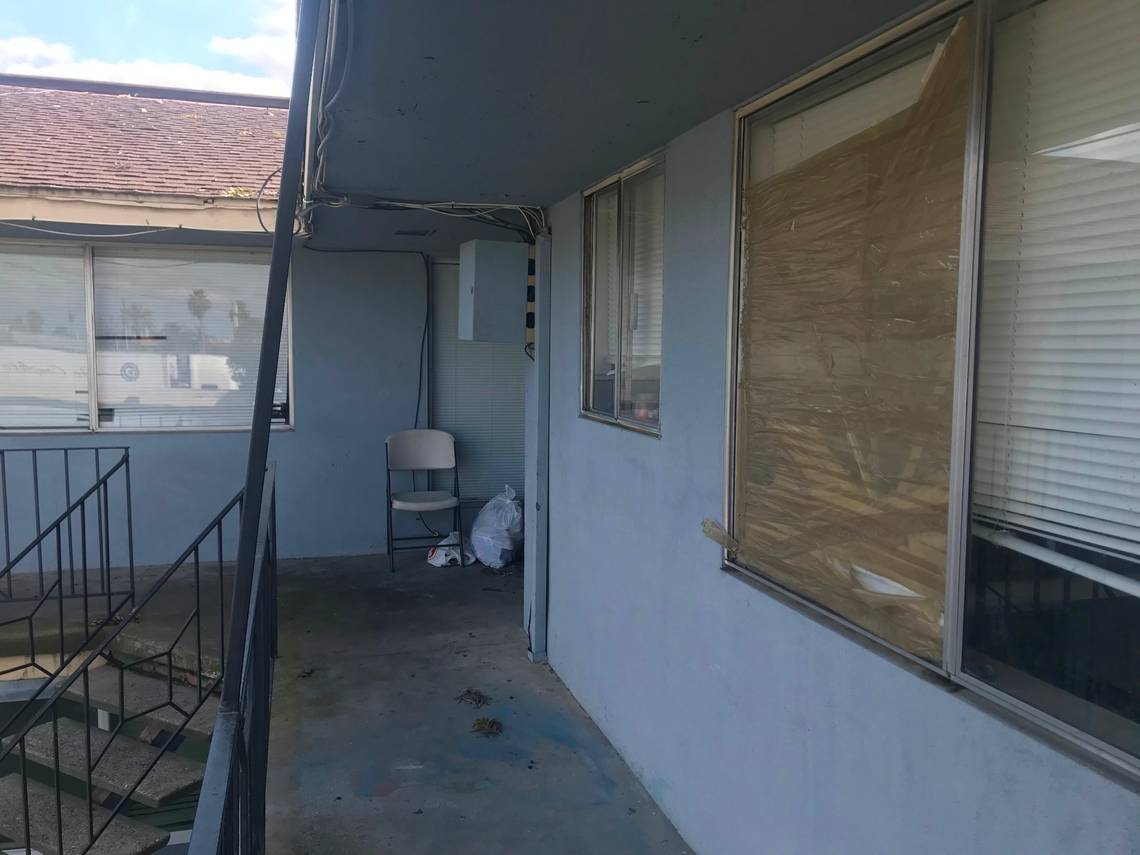Tree branches falling into your yard from your neighbor's tree can lead to confusion about ownership and disposal. Can you throw them back? In this article, we'll address this question and provide clarity on whether it's permissible to return the branches to your neighbor's yard.
Can I throw branches back if they are clearly from my neighbor's tree?
While the branches originated from your neighbor's tree, throwing them onto their property could be considered littering. Even if the branches are clearly identifiable as coming from their tree, it's generally not advised to throw tree parts back onto a neighbor's yard without their permission.
The most considerate approach is to leave tree debris at the property line for your neighbor to collect or offer to drop them off in a mutually agreeable spot.
Related: How To Keep Neighbors At A Distance?
What if the branches came from a tree on the property line?

Any tree or plant that straddles a property line is considered a "boundary tree." Both neighbors share responsibility for boundary trees and have rights to them. If branches fell from a boundary tree, either neighbor has the right to keep or dispose of the branches but should not place them on the other's property without consent. Communication between neighbors is important to resolve boundary tree issues cooperatively.
Does it matter if the branches are creating a nuisance in my yard?
While you have the right to use and enjoy your property freely, tossing tree debris onto a neighbor's land could create legal issues even if it's causing problems in your space. The branches' origin and any nuisance they cause does not override another person's property rights. Instead of escalating the situation, have a calm discussion with your neighbor about safely removing the branches together.
What are some alternatives to throwing branches back?
Other options besides returning branches include: leaving them at the property line for your neighbor, offering to help your neighbor collect and dispose of them, or hauling them to the curb yourself on Bulk Trash Collection Day if your municipality accepts yard waste. You could also suggest alternating future branch disposal duties between properties for boundary trees. Compromise and cooperation give the best results between neighbors.
Can I be held liable if the branches cause damage on their property?
Technically, yes - you could potentially be held responsible for any damages that result from branches you intentionally placed on your neighbor's land without permission, even if they originated from their tree. It's generally not worth the legal risks to take tree branch disposal into your own hands in a way that transports debris onto another's private property against their wishes.
What can I do if my neighbor regularly dumps branches in my yard?
If the situation is reversed and branches are consistently being discarded from your neighbor's property onto yours, a polite conversation may help remedy the issue before considering further escalation.
Explain that while you understand accidental debris, placing waste on your land without permission is not acceptable. Give them a chance to correct behavior and compromise on a practical solution, such as leaving branches on the property line.
Conclusion
While shared trees sometimes lead to branches crossing property lines, the considerate approach is to communicate cooperatively with neighbors on disposal duties and not transport tree debris onto another's land without permission. Calm discussion aimed at mutual understanding and compromise usually resolves tree branch incidents best between property owners. Respecting ownership rights and courtesy toward one another helps maintain peaceful neighborly relations.





